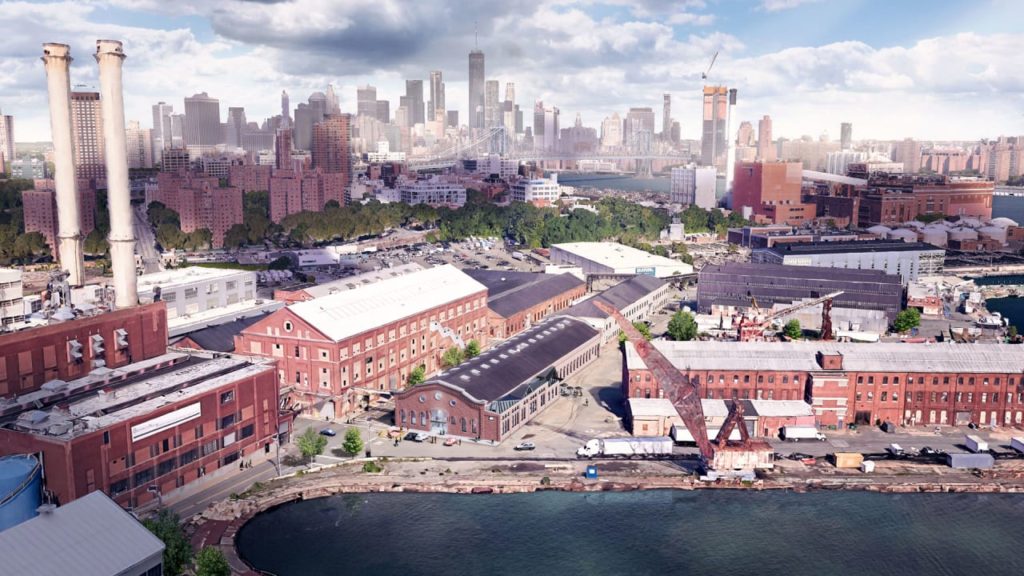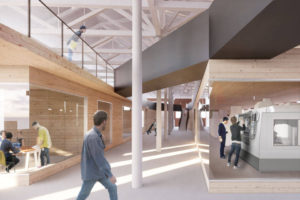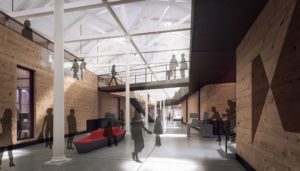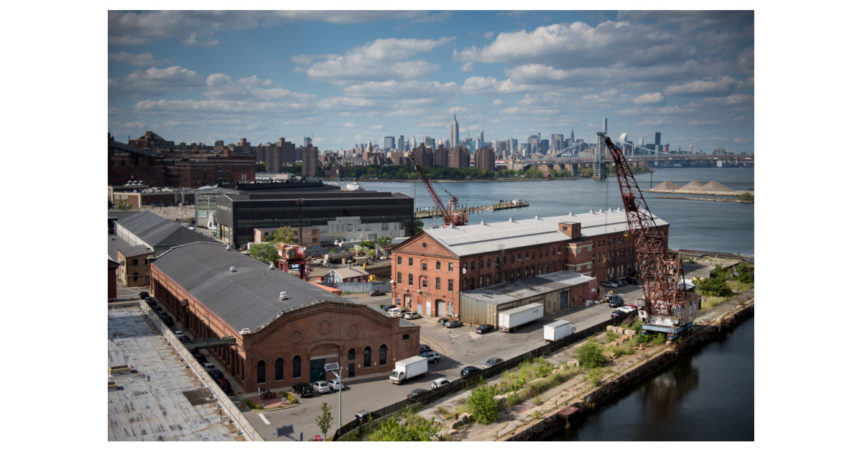

June 6, 2019
By Matthew Putman and Vincent Lee
The first was that manufacturing lost more jobs than initially estimated and now accounts for only 69,000 jobs in the city, or 1.5% of the total. The second was that information jobs grew by 6% to about 200,000.
The combination of a shrinking manufacturing sector and a growing information economy has had a profound impact on New York and cities across the U.S.—driving diverging narratives of opportunity and stagnation.

We are convinced that if this next phase is to take hold—clearly it has not yet—advanced manufacturers have to completely reinvent the production process, creating a seamless whole. That can only begin in the urban core.
Scientists, designers, machinists, programmers and administration all need to be in one place, working together to imagine, create, iterate and manufacture as efficiently as possible. In an adjacent environment, people with very different skillsets build on each other’s work and expand the shared domain of possibility.
Change must also begin in cities because building infrastructure for the Fourth Industrial Revolution cannot be done from scratch. It already takes too long for new technologies to move from the idea phase to production. Repurposing long-standing infrastructure in places like the Navy Yard manages fixed costs while providing the flexibility to scale up.

Our site, Building 20, is a case in point. This is where wooden ships were armored after the Civil War, the high-tech industry of its day. By the end of this year, Building 20 will look pretty much the same from the outside but the output will be the most advanced factory inspection and control tools for manufacturers in any industry. As we like to say, to build the future you need to see it.
So how do you create a space that works for all of these different people, where an idea can move seamlessly from inception to design, and from engineering to manufacturing? People at every phase of this process need spaces to work and to mix. Invention cannot be relegated to a back room; it must rejoin the factory floor. The process and the final product are integrally related. This is the definition of the Fourth Industrial Revolution in its truest sense: erasing the borders between hard and soft labor, physical and digital spheres.
We can’t predict all of the innovations that will come out of this revolution, but we know they will be produced in a cleaner, faster, less resource-intensive way. A single industry underpinning an entire community with a linear, monotonous, arduous assembly line is no longer viable. Only a constellation of creative, hybrid spaces will revive urban manufacturing. We also know the foundational infrastructure has to come first.
Building 20 was designed to construct ships, but its foundation existed before the U.S. Navy. No one could imagine creating a Navy fleet without a space to build the first ships. A thriving city is the infrastructure of innovation. Vast industrial change begins in the urban core. For the next Industrial Revolution to flourish, we need to build its footing today, surrounded by the legacy of the past.
